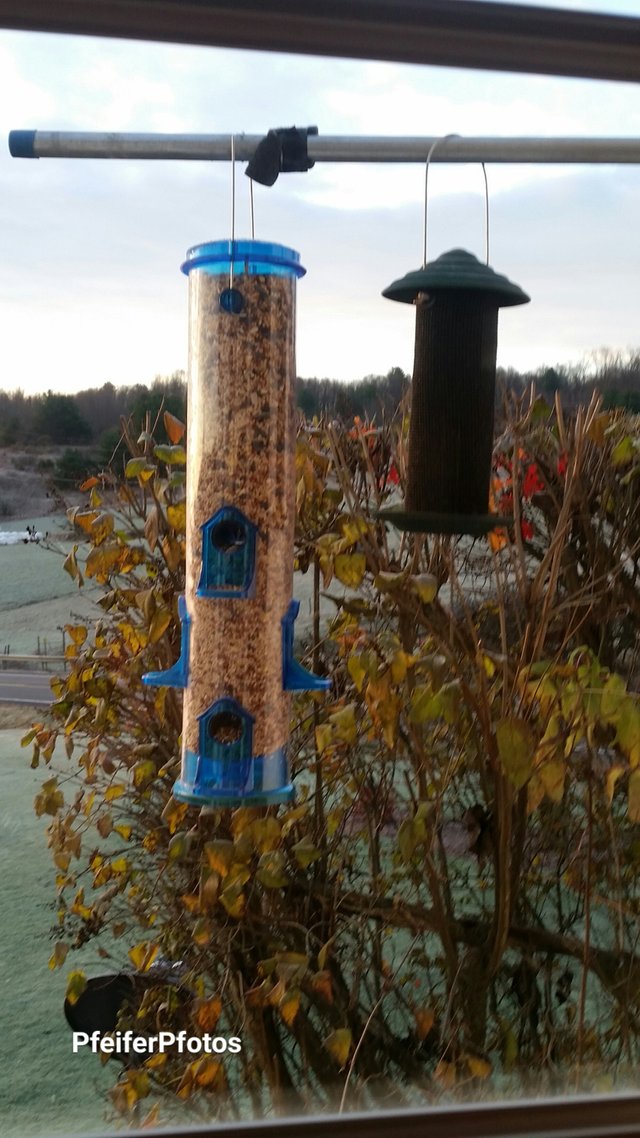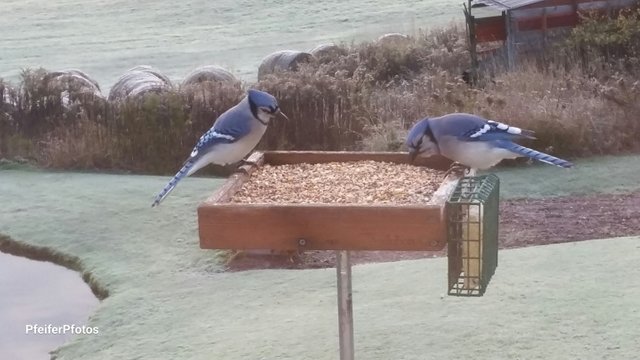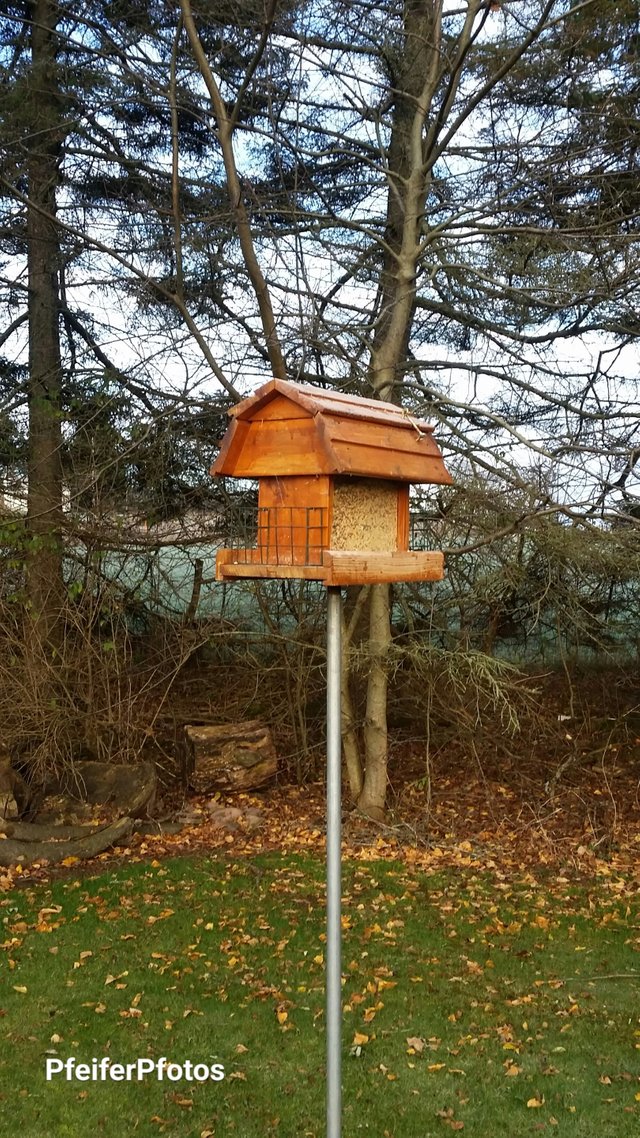Project FeederWatch Starts November 9th/Birdfeeder 101
Welcome back. As the gardening season has come to an end, my focus will turn to bird watching and bird photography for the winter months. It's time to put up the bird feeders, dust off the binoculars, and enjoy bird watching, while also collecting valuable data.
Project FeederWatch
Project FeederWatch started in the mid seventies and is now a joint endeavor between the Cornell Lab of Ornithology and Bird Studies Canada. This huge citizen science project provides valuable data regarding the number and locations of bird species throught North America.
Following is a short video that introduces Project FeederWatch and will be very helpful in getting you started on this great adventure. The cost to participate is only $18 per year and you will receive a calendar, poster, and more.
Besides providing data for scientists, it is a great family activity. If you're looking for an activity to involve the whole family, this is a good one. I have been participating in this project for years.
Birdfeeder 101
Before you can begin bird watching, you of course have to put up a feeder or feeders. If you have ever shopped for one you know how overwhelming this can be. The stores have so many types it can be hard to chose. Following is what I have in my yard which might help you get started. Feeder location can be equally as important as the feeder type.
I have 3 feeding stations in my yard in three unique locations. I try to put them in locations easily visible from inside and easily photographed since I am a blogger. My first feeding station is right outside the kitchen window. Not only is it easily watched from inside, it is next to a huge lilac tree that the birds just love for shelter

The feeders are hanging on a pole I have mounted to the house. I originally put the feeders n the lilac tree, but this is actually easier for filing and closer to the window.
I have a thistle (nyger) feeder on the right, which attracts finches, and on the left is a tube feeder , which has standard bird seed and works well for smaller birds. It will keep larger ones away so you can enjoy the smaller species.
Next is a platform feeder outside the family room bow window, close to a large grapevine.

This works for all birds but especially provides room for larger ones. As you can see, it didn't take the Blue Jays long to find this feeder this morning. I just put the feeder up yesterday right before dark. This type of feeder also allows for unique opportunities for photos as quite often several species will share the feeder. It is also more flexible for different types of food including fruit and nuts
I added a suet cake holder on the side which adds to the species of birds you will attract.
Finally, the last feeder I have is a traditional hopper style, in my side yard near the property edge which has a row of pine trees. This creates another unique location as the birds have protection in and under the trees. This feeder has 2 suet cake holders.

In summary, it is important to provide different feeding opportunities for the birds. This will ensure the best overall success in attracting many different species to your yard.
However, for a beginner, this might seem over complicated. If you are a beginner, I would suggest just starting with one feeder. Keep it simple, and you can always expand your hobby. The most important thing is to enjoy bird watching.
Until next time.